Home>Garden Essentials>What Is A Good Crop Rotation For Omaha


Garden Essentials
What Is A Good Crop Rotation For Omaha
Modified: March 15, 2024
Looking for a good crop rotation strategy for your garden in Omaha? Learn the importance of crop rotation and discover effective techniques to optimize your yields and soil health.
(Many of the links in this article redirect to a specific reviewed product. Your purchase of these products through affiliate links helps to generate commission for Storables.com, at no extra cost. Learn more)
Introduction
Crop rotation is a time-tested agricultural practice that involves systematically changing the types of crops grown in a specific area over a period of time. This practice is particularly important in Omaha, where the rich soil and diverse climate create ideal conditions for a variety of crops.
Implementing a good crop rotation plan is essential for maintaining soil health, improving crop yields, and reducing the risk of pests and diseases. By rotating crops, farmers can break the cycle of pests and diseases that may be specific to certain crops, while also replenishing the soil with nutrients that may have been depleted by previous crops.
In this article, we will explore the benefits of crop rotation, factors to consider when planning crop rotations in Omaha, and provide an example of a good crop rotation plan specifically tailored for the region.
Key Takeaways:
- Rotate crops in Omaha to improve soil, reduce pests, and boost yields. Example plan: legumes, leafy greens, root vegetables, brassicas, and cover crops.
- Consider soil, climate, pests, nutrients, and market demand when planning crop rotations in Omaha. Tailor rotations for sustainable and productive farming.
Read more: What Is A Good Location To Do Crop Rotation
Benefits of Crop Rotation
Crop rotation offers a multitude of benefits for farmers and gardeners alike. Here are some key advantages:
- Improved soil fertility: Different crops have varying nutrient requirements. By rotating crops, farmers can ensure that the soil is not depleted of specific nutrients. For example, leguminous crops like peas and beans fix nitrogen into the soil, which benefits subsequent crops that require high nitrogen levels.
- Reduced soil erosion: Growing the same crop year after year can lead to soil erosion as the roots of the plants do not penetrate deep enough to anchor the soil. However, rotating crops with different root structures can improve soil structure and reduce erosion, preserving the quality of the topsoil.
- Minimized pest and disease problems: Growing the same crop continuously can attract and harbor specific pests and diseases. By rotating crops, farmers disrupt the life cycles of these pests, reducing their populations. In addition, certain crops can naturally repel pests or attract beneficial insects, creating a more balanced ecosystem.
- Enhanced weed control: Different crops require different management practices, including weed control methods. By rotating crops, farmers can utilize different weed control strategies, making it harder for weeds to adapt and thrive. This reduces the need for excessive herbicide use and promotes a healthier, more sustainable farming system.
- Improved crop yield and quality: Crop rotation can significantly improve both yield and quality. By optimizing nutrient availability, reducing pest and disease pressure, and conserving soil health, farmers can expect higher yields and better-quality crops.
Overall, crop rotation is a holistic approach to farming that promotes sustainable practices, benefits the environment, and ensures the long-term productivity of the land. By embracing this time-tested method, farmers in Omaha can maximize their outputs while minimizing negative impacts.
Factors to Consider for Crop Rotation in Omaha
When planning a crop rotation in Omaha, there are several important factors to take into consideration. These factors will help determine the types of crops to rotate and the sequence in which they should be grown. Here are some key considerations:
- Soil Composition: Understanding the characteristics and fertility of the soil is crucial for effective crop rotation. Conducting a soil test can provide valuable information on nutrient levels, pH, and organic matter content. This will guide the selection of crops that are best suited for the soil conditions and the application of soil amendments, if necessary.
- Climate: Omaha experiences a continental climate, with hot summers and cold winters. It is important to choose crops that are well-adapted to these conditions and can withstand temperature fluctuations. Consider the average frost dates, rainfall patterns, and heat tolerance of different crops when planning the rotation.
- Pest and Disease History: Identifying common pests and diseases prevalent in the area is essential for effective crop rotation. By avoiding planting crops in the same family consecutively, farmers can disrupt pest and disease life cycles. It’s important to know which crops are susceptible to specific pests and diseases in order to plan a rotation that minimizes risks.
- Crop Nutrient Requirements: Different crops have varying nutrient requirements. It’s important to consider the nutrient requirements of each crop in the rotation to ensure that nutrients are optimally utilized and replenished. For example, crops high in nitrogen may follow crops that fix nitrogen in the soil, providing a natural source of fertility.
- Market Demand: While considering agronomic factors, it’s also important to take market demand into account. Understanding the demand for certain crops in the local market can help inform the rotation plan and ensure profitability.
By carefully assessing these factors, farmers in Omaha can develop a crop rotation plan that maximizes productivity, reduces risk, and promotes the sustainable use of resources.
A good crop rotation for Omaha can include corn, soybeans, and wheat. Rotating these crops helps improve soil health, reduce pests and diseases, and increase overall yield.
Example of a Good Crop Rotation Plan for Omaha
Developing a well-structured crop rotation plan is essential for maximizing yields and maintaining soil health in Omaha. Here is an example of a good crop rotation plan that takes into account the factors discussed earlier:
- Year 1: Legumes (beans and peas) – Legumes have the ability to fix nitrogen from the atmosphere into the soil. They enrich the soil with nitrogen, an essential nutrient for plant growth. Legumes also have shallow root systems, which helps break up compacted soil.
- Year 2: Leafy Greens (lettuce and spinach) – Leafy greens are quick-growing crops that provide high-quality, nutrient-dense harvests. They have modest nutrient requirements and help retain moisture in the soil. Leafy greens also complement the nitrogen-fixing action of the legumes from the previous year.
- Year 3: Root Vegetables (carrots, radishes, and beets) – Root vegetables require well-drained soil and benefit from the improved soil structure created by the previous crops. They help break up compacted soil further and extract nutrients from deeper layers, while adding organic matter as their tops decompose.
- Year 4: Brassicas (cabbage, broccoli, and cauliflower) – Brassicas have higher nutrient demands, particularly for nitrogen and phosphorus. By following the nutrient-rich root vegetables, these crops can benefit from the residual nutrients. Brassicas are also effective at suppressing nematodes and some root disease pathogens that may have built up over the rotation.
- Year 5: Cover Crop (rye or clover) – Cover crops, such as rye or clover, are planted to protect and enrich the soil during fallow periods. They help prevent soil erosion, suppress weeds, and add organic matter once they’re incorporated into the soil. Cover crops also provide habitat for beneficial insects and improve soil structure.
By following this crop rotation plan, farmers in Omaha can reap numerous benefits. The legumes provide nitrogen fixation and soil improvement, while the leafy greens offer a quick and nutritious harvest. The root vegetables aid in soil structure and nutrient extraction, while the brassicas tackle potential pests and diseases. The cover crop acts as a natural soil protector and enhancer during the fallow period.
It’s important to note that this is just one example of a crop rotation plan for Omaha. Farmers can tailor their rotations based on their specific goals, crop preferences, and unique soil and climate conditions. Regular monitoring and evaluation of the rotation plan’s success will help identify areas for adjustment and improvement.
Conclusion
Crop rotation is a powerful and sustainable practice for farmers in Omaha, offering a range of benefits that contribute to soil health, crop productivity, and pest management. By systematically alternating crops in a rotation plan, farmers can optimize nutrient utilization, reduce pest and disease pressure, enhance soil fertility, and improve overall crop yields.
Factors such as soil composition, climate, pest and disease history, crop nutrient requirements, and market demand should be carefully considered when developing a crop rotation plan for Omaha. Understanding the specific needs and characteristics of each crop and tailoring the rotation accordingly will lead to better outcomes.
An example of a good crop rotation plan for Omaha includes legumes for nitrogen fixation and soil improvement, leafy greens for quick yields and moisture retention, root vegetables for soil structure and nutrient extraction, brassicas for pest management and nutrient utilization, and cover crops for soil protection and enhancement during fallow periods.
It’s important for farmers to regularly assess and evaluate the success of their crop rotation plans. Monitoring and adjusting the rotation based on observations and feedback will help refine the plan over time. Farmers should also stay informed about new crop varieties, pest management strategies, and sustainable farming practices to continually improve their crop rotation efforts.
Crop rotation is not only beneficial for farmers in terms of improved productivity and profitability, but it also contributes to environmental sustainability. By implementing effective crop rotation practices, farmers can maintain soil health, preserve water resources, reduce reliance on chemical inputs, and support biodiversity in their fields.
In conclusion, a well-designed and carefully executed crop rotation plan in Omaha can lead to healthier soils, higher crop yields, reduced pest and disease problems, and long-term sustainability. By harnessing the power of crop rotation, farmers can cultivate thriving gardens and contribute to a more resilient and sustainable agricultural ecosystem.
Frequently Asked Questions about What Is A Good Crop Rotation For Omaha
Was this page helpful?
At Storables.com, we guarantee accurate and reliable information. Our content, validated by Expert Board Contributors, is crafted following stringent Editorial Policies. We're committed to providing you with well-researched, expert-backed insights for all your informational needs.






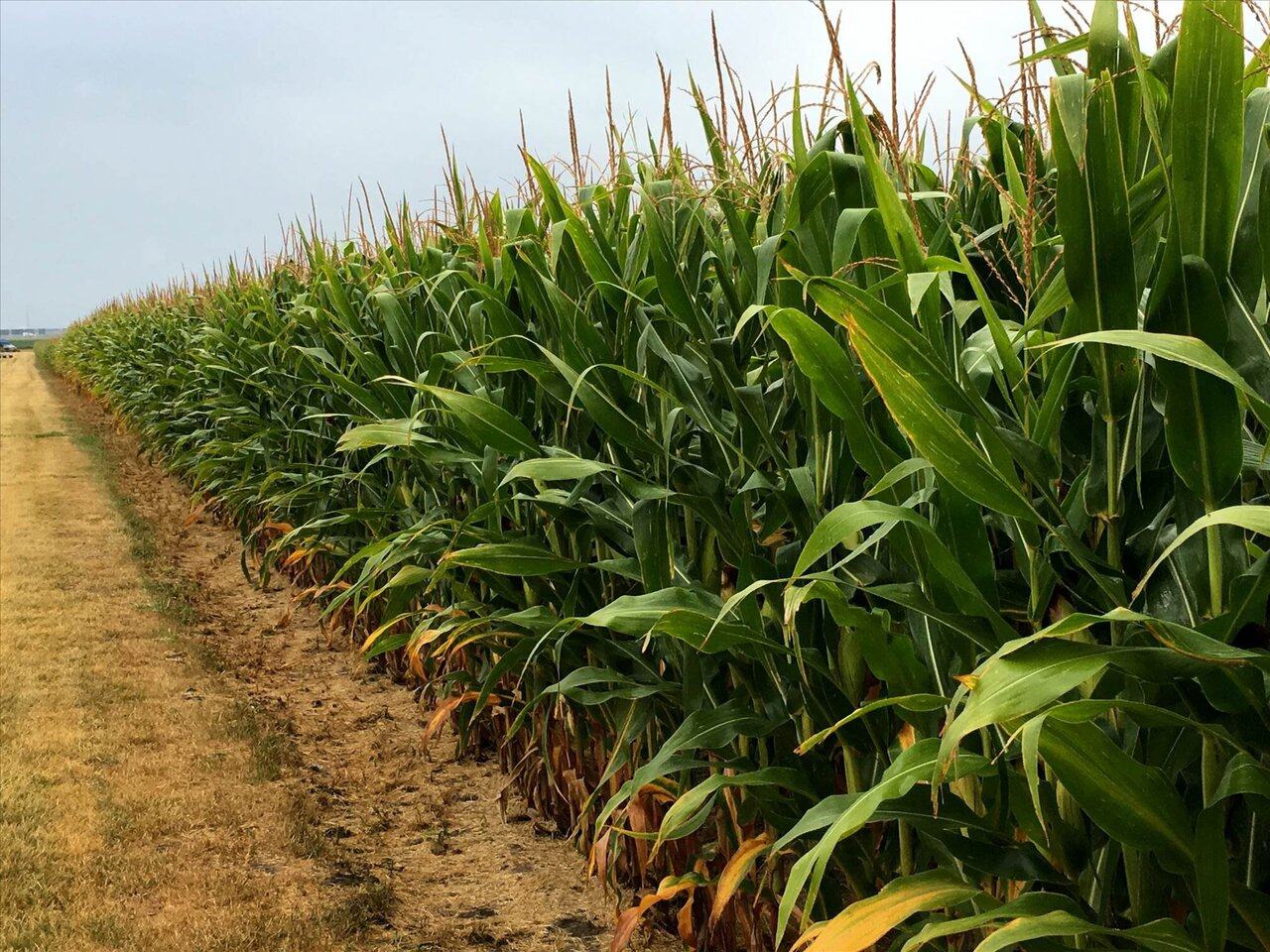
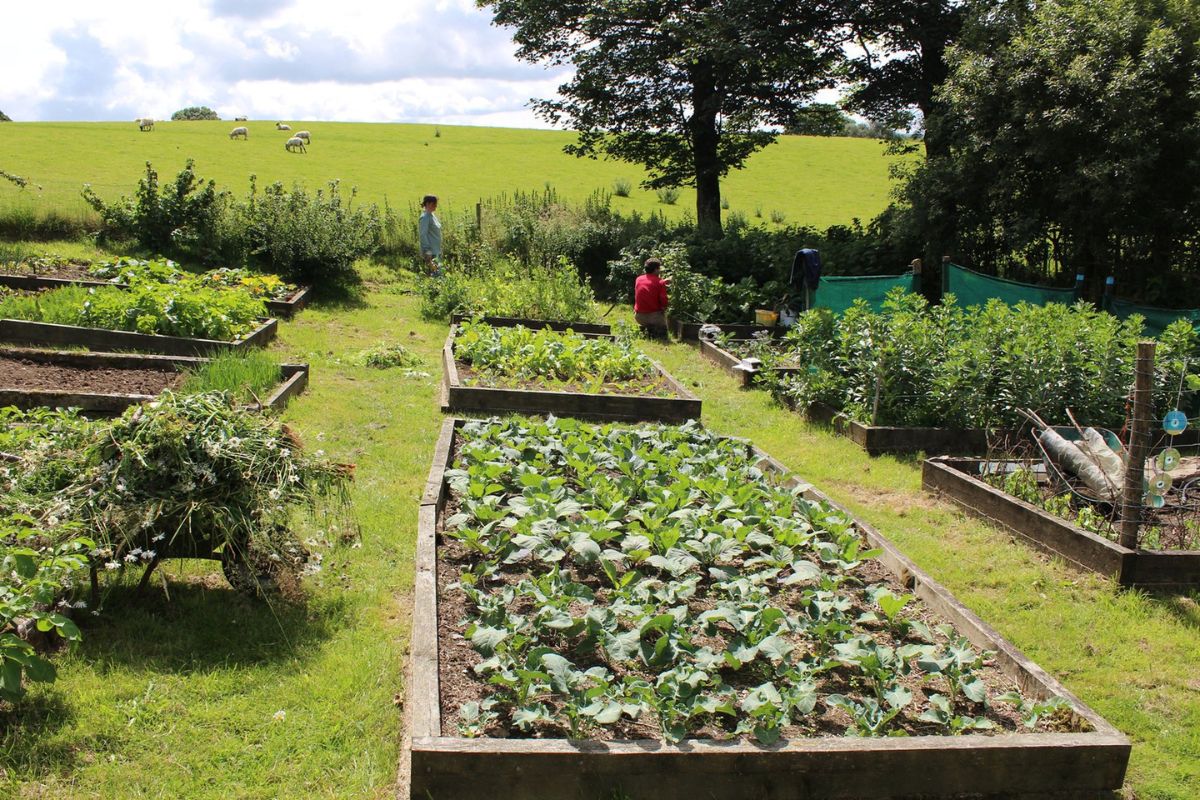
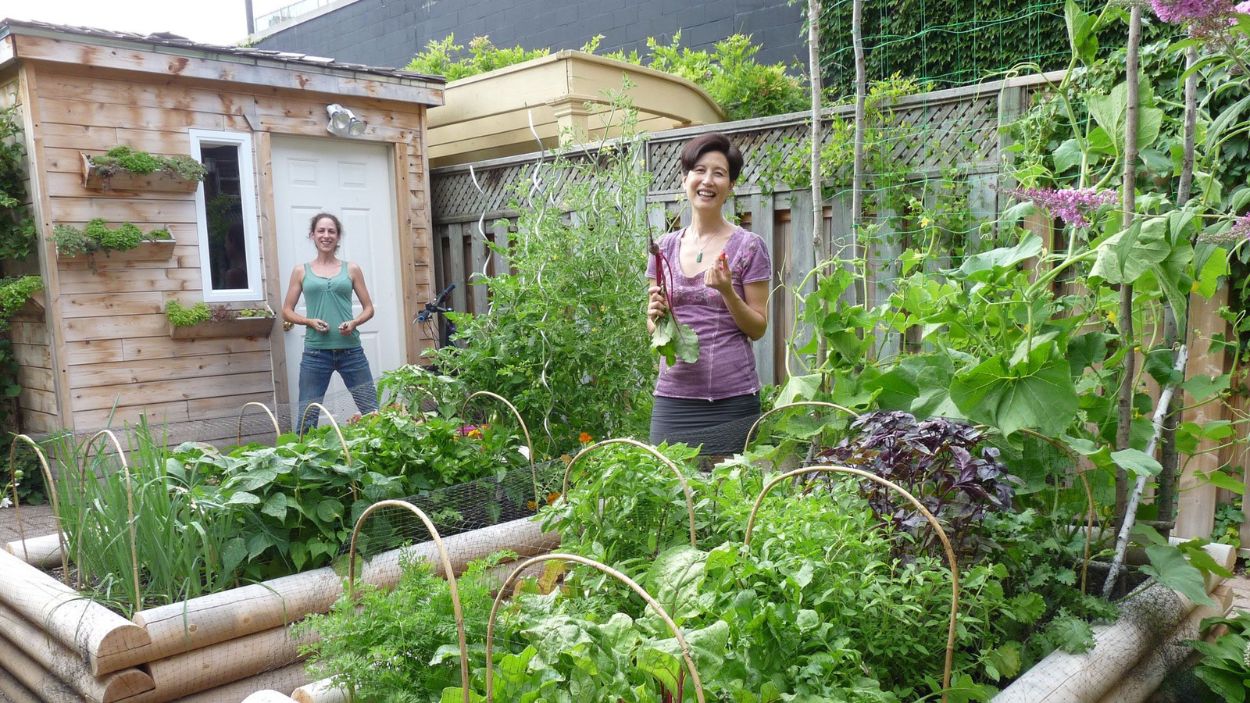
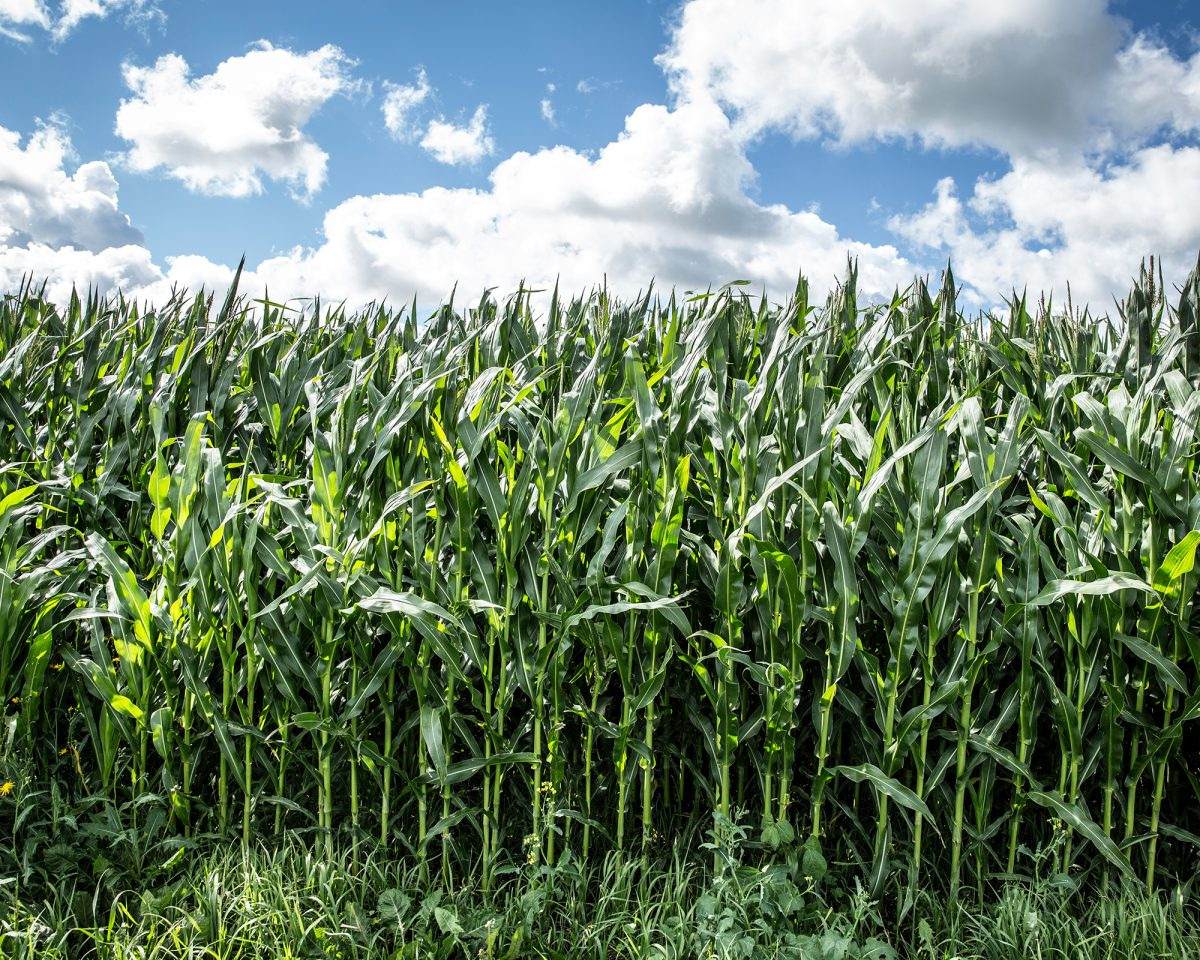
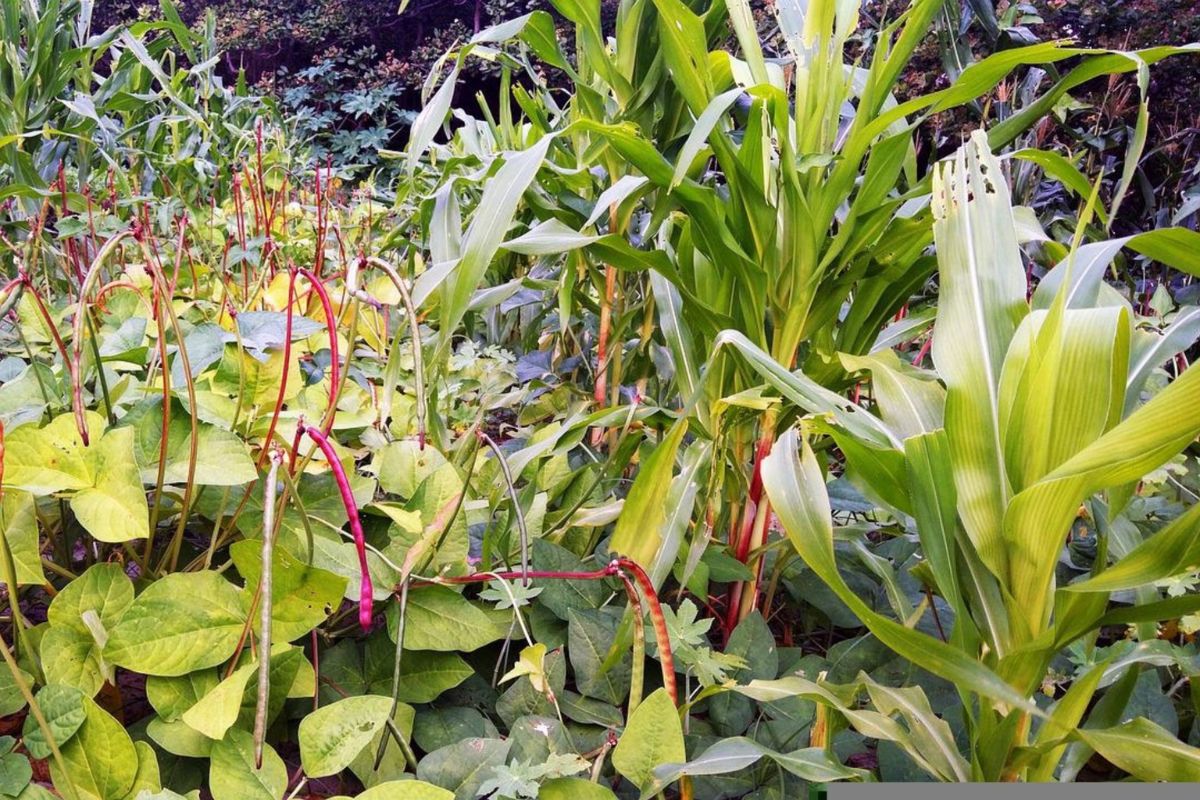

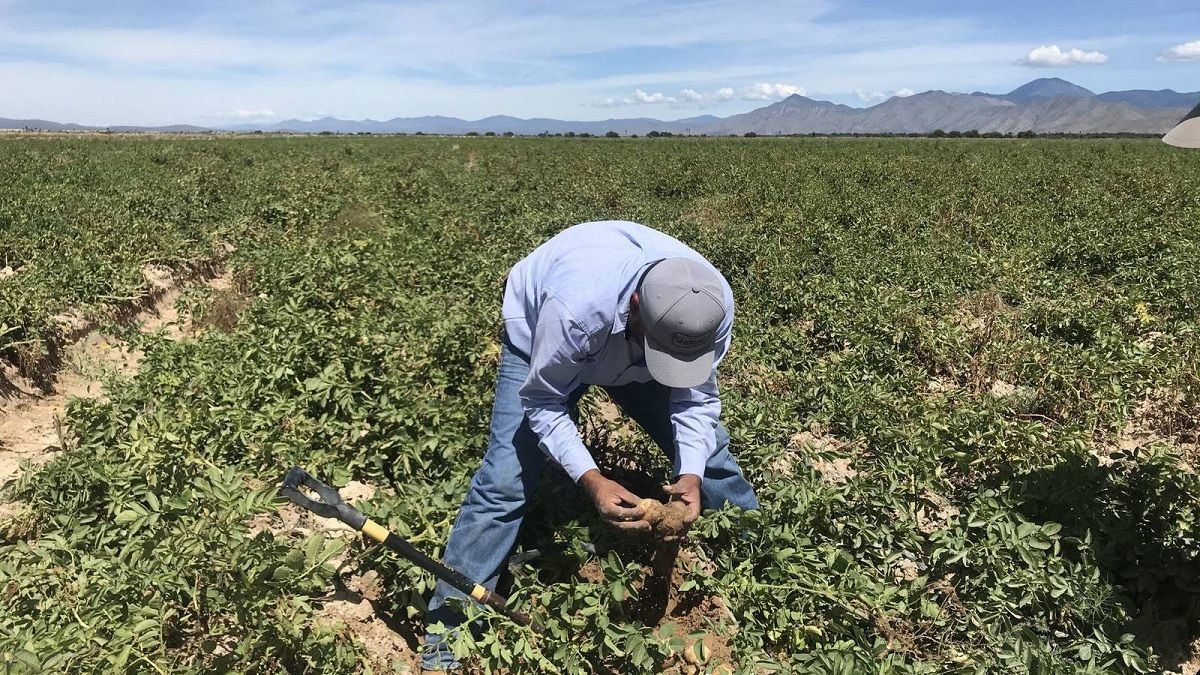
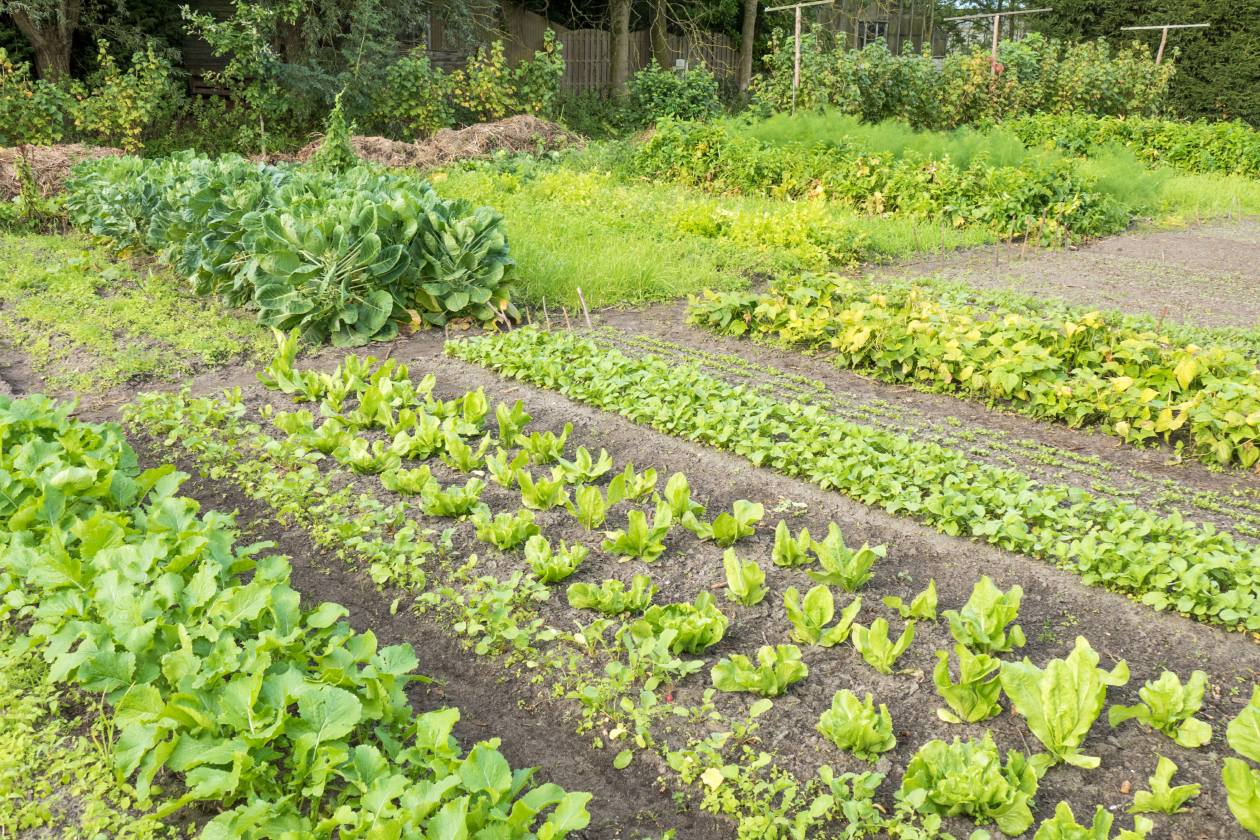


0 thoughts on “What Is A Good Crop Rotation For Omaha”